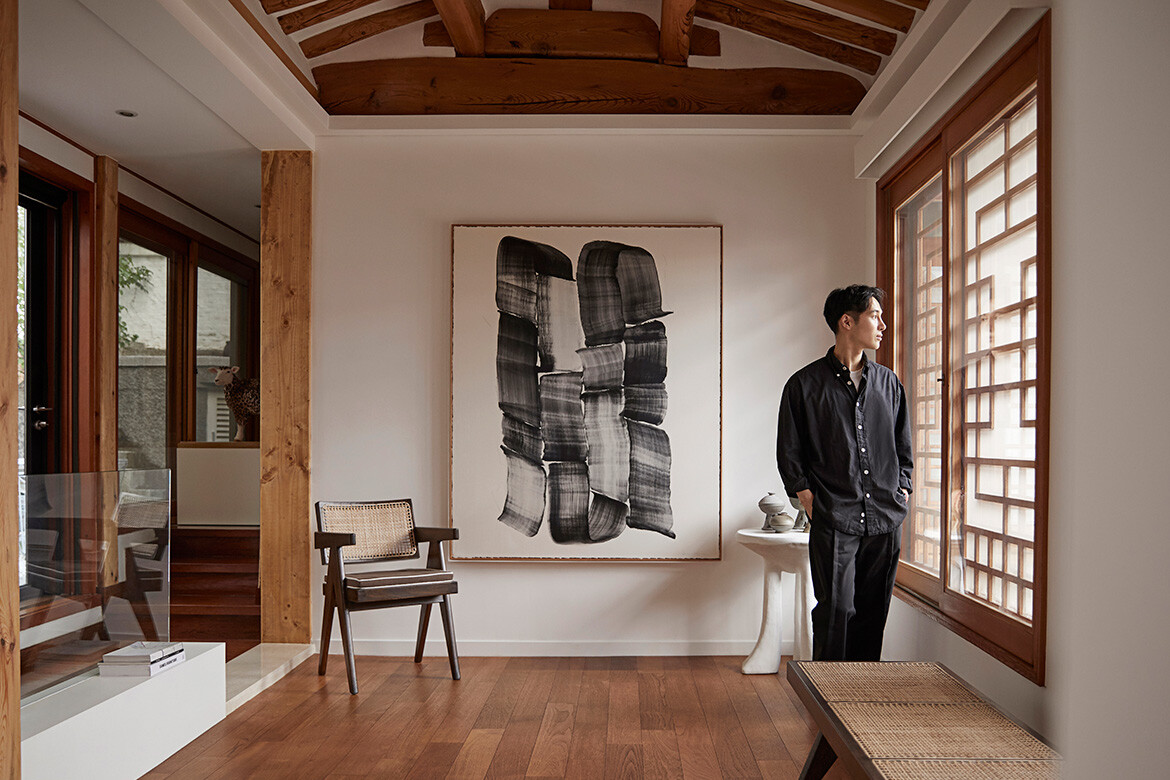With degrees from The Art Institute of Chicago, and Environmental Design from ArtCenter College of Design in Pasadena, Teo Yang’s years of experience in the interior design world have seen him creating high-end residential with an emphasis on modern architecture and custom detailing.
Recently, he was named one of the top 100 designers in the world by Phaidon and AD100. But launching a furniture brand is another matter, especially during the pandemic.
“The pandemic actually helped us to succeed since people were staying home and paying more attention to furniture,” he remembers. “This was totally unexpected, but I was very relieved to see great avenues. I believe the most challenging part of creating a brand is doing something you like, but still making a profit.”
To the industry’s surprise, Eastern Edition has expanded its brick-and-mortar presence within a very short amount of time. Already there are two showrooms in Seoul’s Gangnam district, plus one in Paris, and another about to open in Los Angeles.


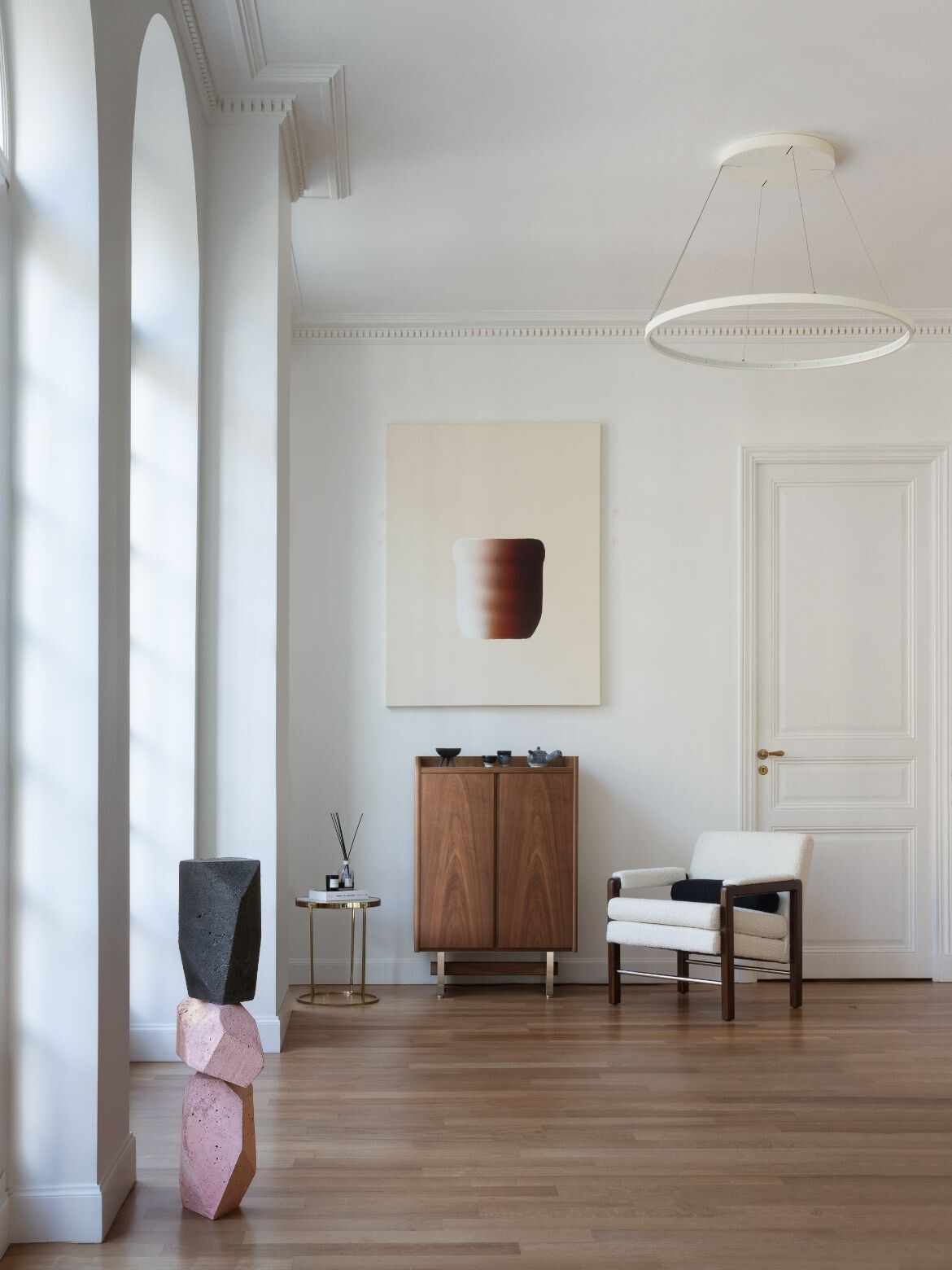

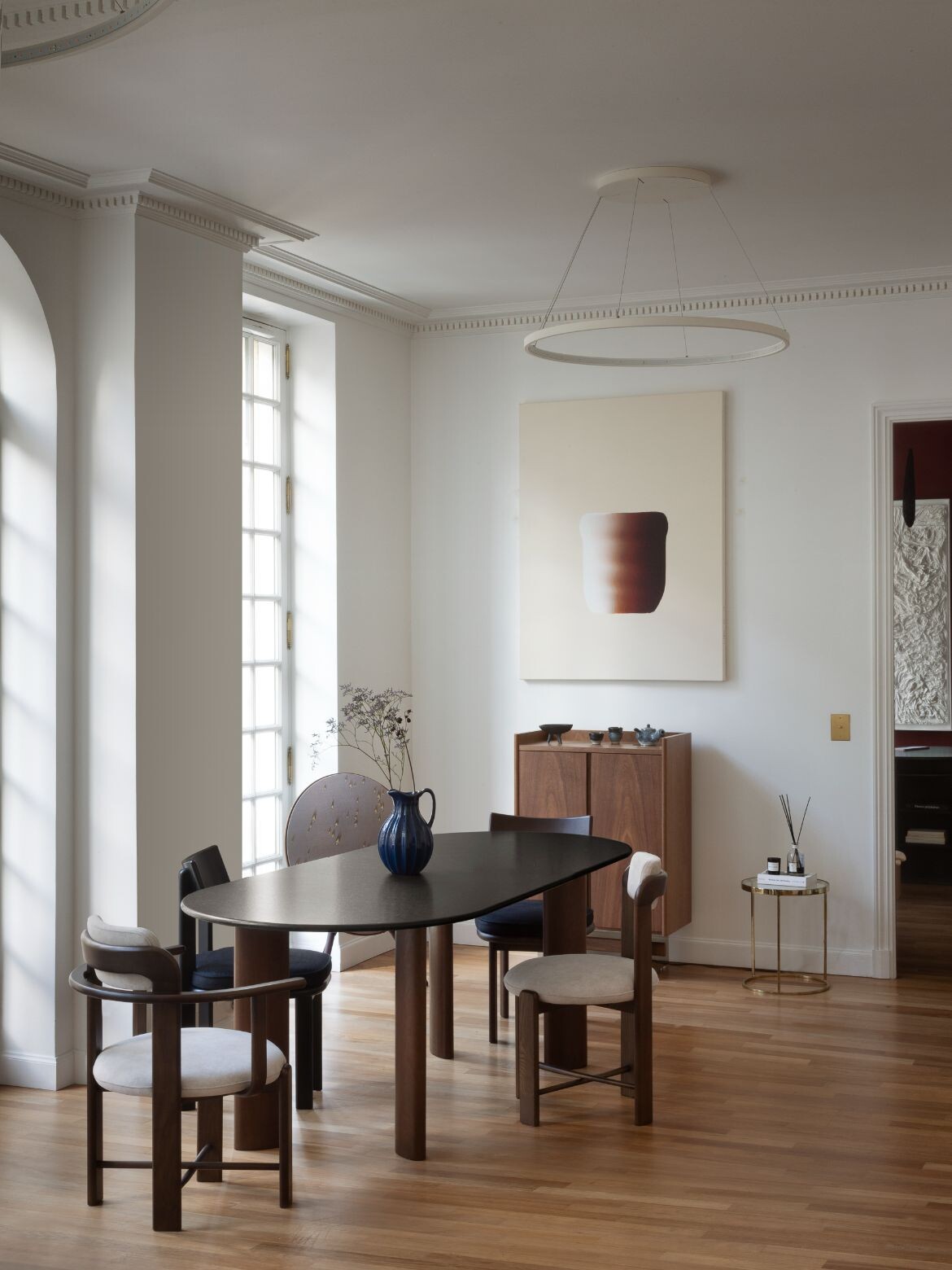
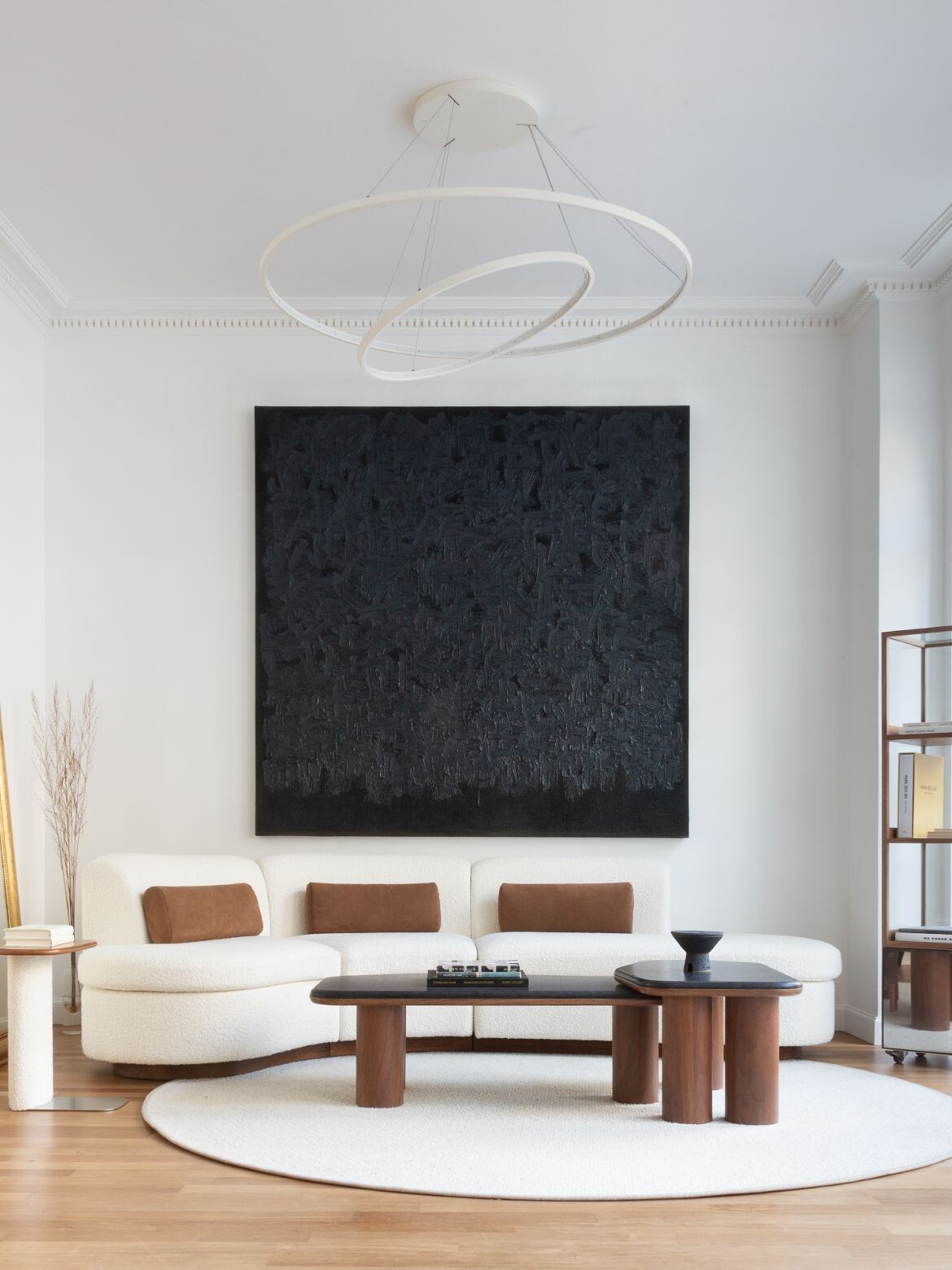
Setting Yang apart is a reinterpretation of Korean aesthetics – often known for its ‘emptiness’ – in a modern way. Eastern Edition was born out of his desire to research the essential philosophy of Korean tradition, while not mimicking or recreating something traditional in a literal way.
One such example is the cushion stool. Traditionally, offering a cushion is a symbol of respect. The Eastern Edition way, therefore, was to add a wooden base to show how it can be translated for modernity.
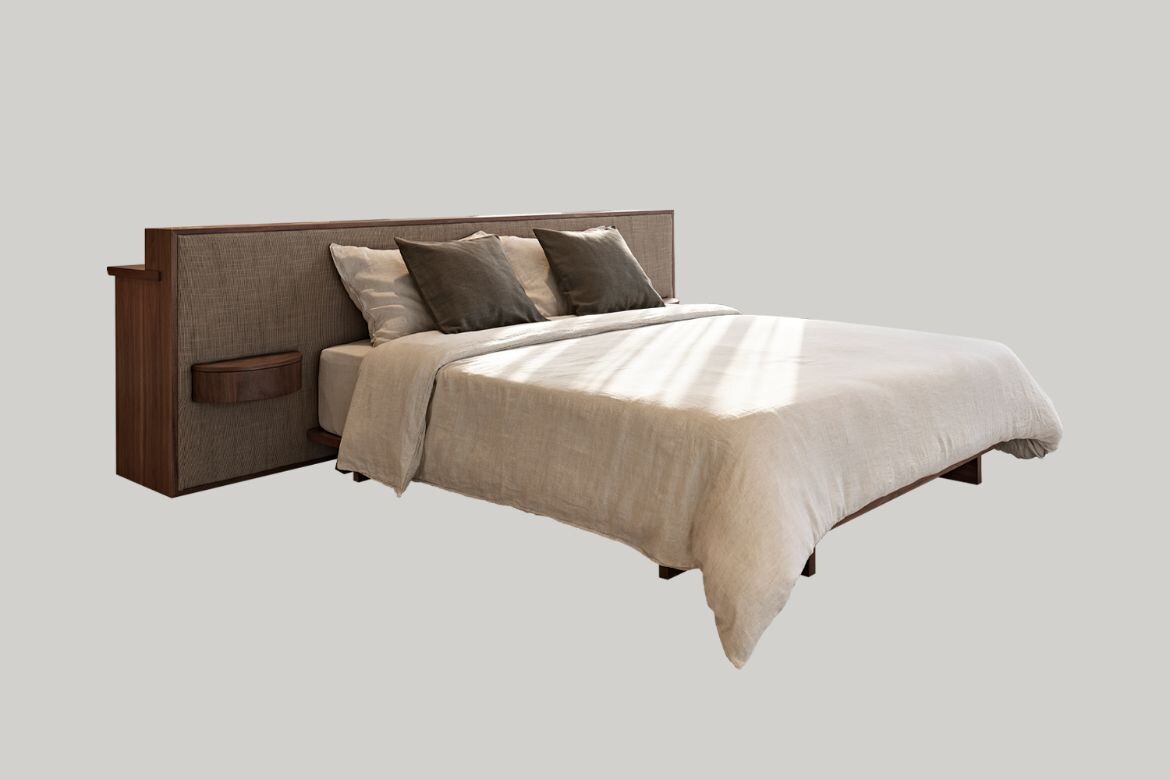
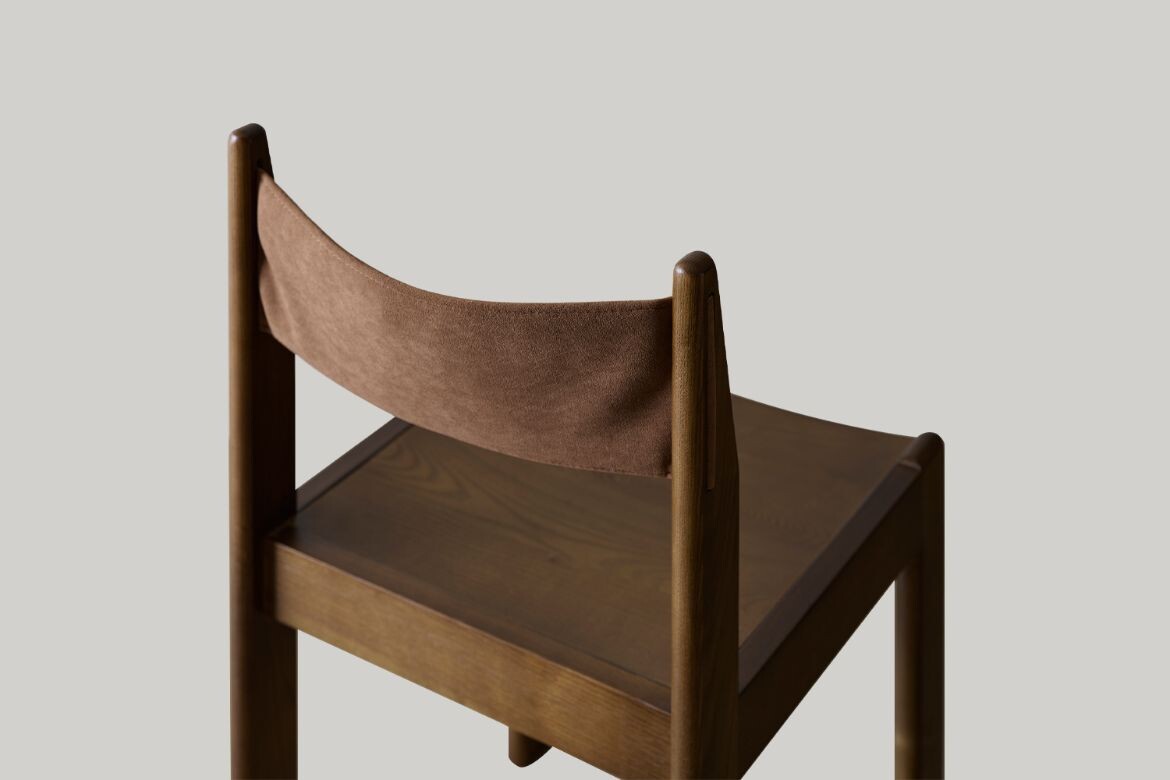
By grafting this important item of Korean culture onto a stool, Yang has shown the simplicity and identity of the brand.
Foundational to the practice is the philosophy of the Joseon period (the last dynastic kingdom of Korea – 1392-1897). Moreover, the aesthetic forms and design language of this era have been well-documented and provide a major source of inspiration. Yang’s love for the period also saw him base his design studio between the two main palaces of the Joseon dynasty in Seoul. “We always find inspiration around our environments,” he says.
As such, a visit to Seoul should include both (they are within a five-minute walk of each other), as each has been envisioned to deliver different experiences. As Yang explains, “Most of the furniture stores in Gangnam are luxury imported brands. So we wanted to share a traditional brand with people that could offer luxury, and an even deeper philosophy.”



Indeed, the first Cheongdam flagship, located in a single, minimal yet brutalist-style building presents itself like a typical showroom. Here it’s about large windows and open-concept living quarters – a kitchen (with a touch of Heriter’s lifestyle goods), living room, study, and even a counter for Yang’s ‘side hustle’, Sinang Home Perfume collections.
The next showroom, within a second-floor setup, is more about celebrating the modern and traditional palette through Korean arts, crafts and furniture. Here, Eastern Edition is facilitating the contract market.
With furniture ranging from tables to dining chairs, lamps and the brand’s first bedroom collection, it’s easy to imagine your home transforming into a warm and comfortable hotel, or vice versa.
The clever use of leather for the Soft Back dining chairs, and the fusion of a desk into the back of the bedhead with built-in halfmoon side tables on the Desk Bed are among the highlights.
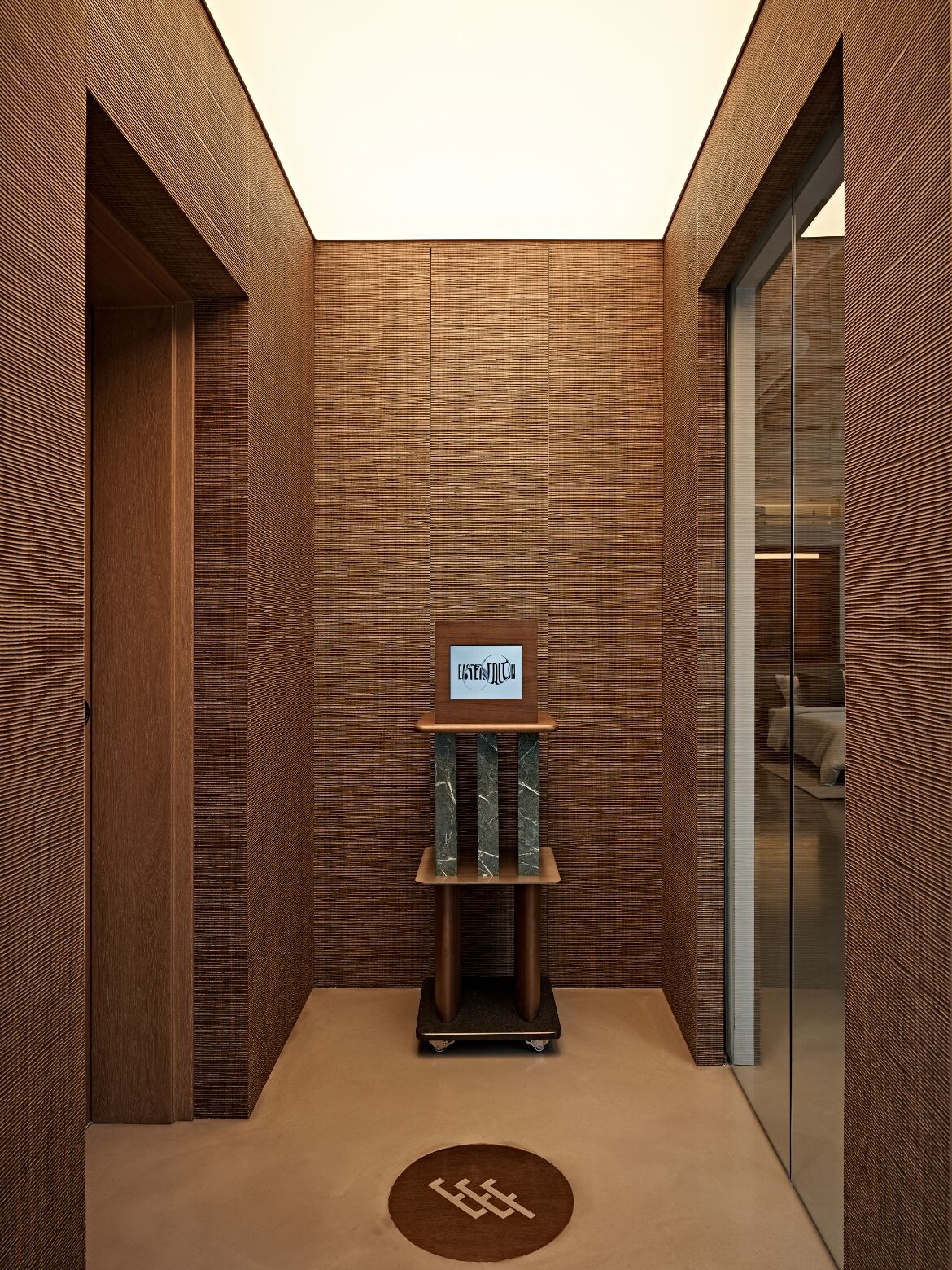

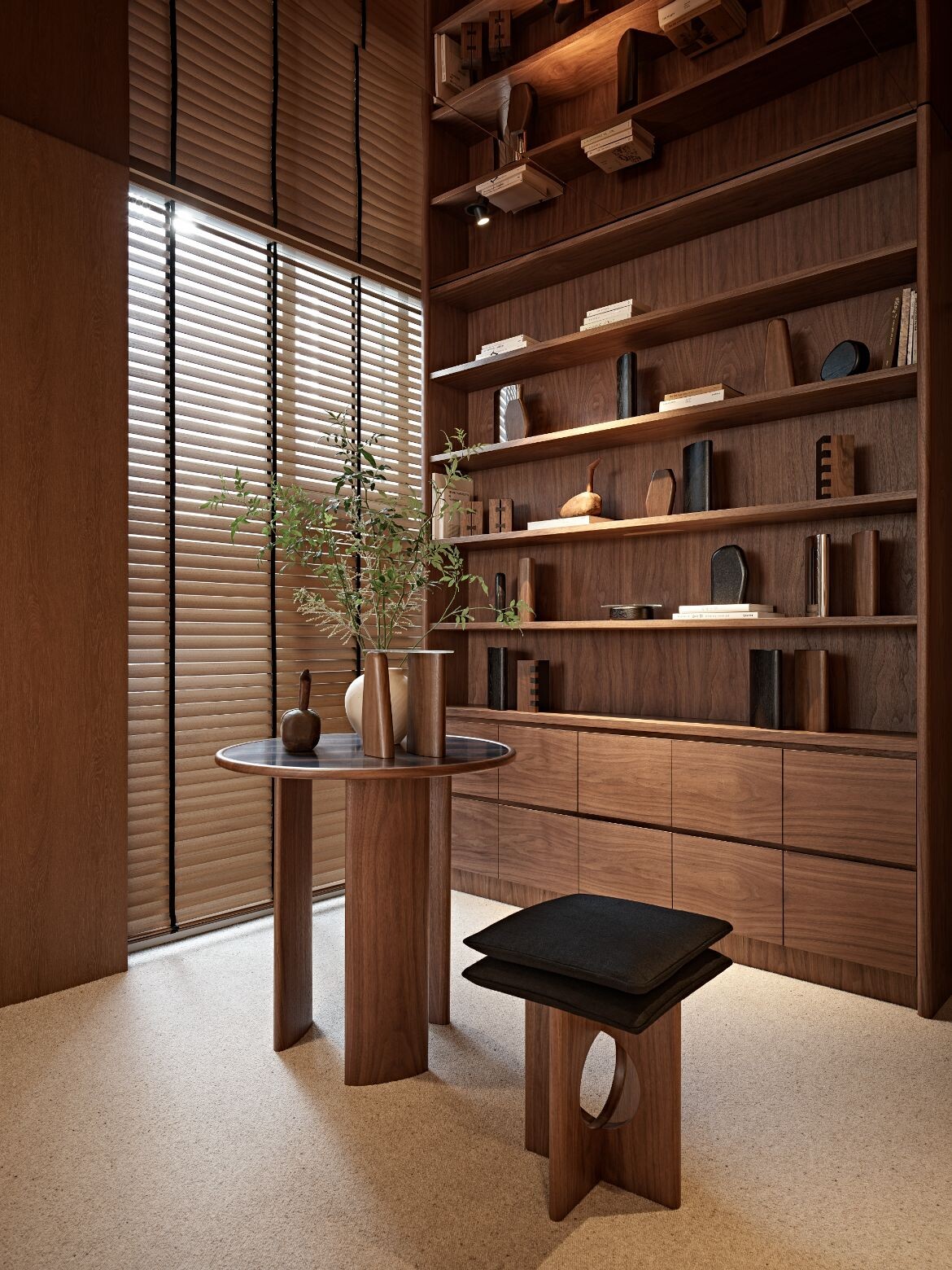



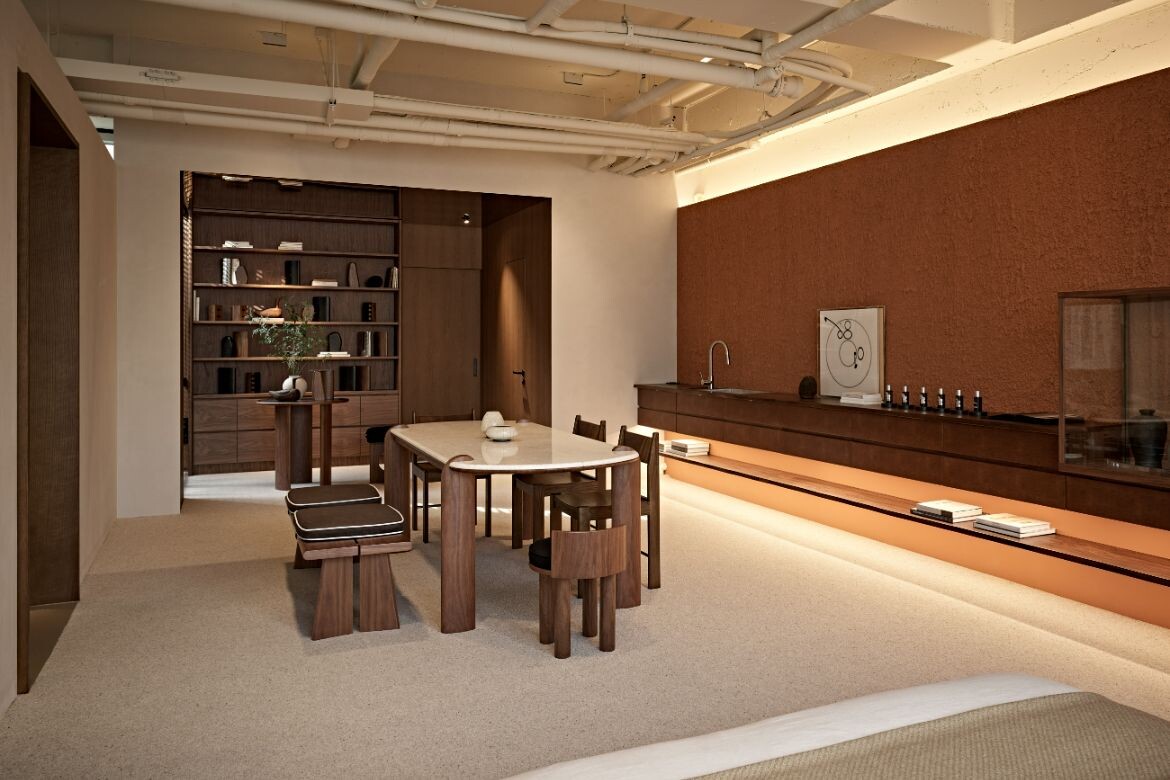

Although at first glance, the rounded edges and wooden texture of Eastern Edition’s furniture are reminiscent of France-based furniture brands such as DELCOURT and Collection Particulière, there is a big difference in the ethos behind Yang’s collection.
“Remembering the time of Joseon, there was a spirit of pursuing natural things and looking at the essence instead of technique or decoration. The ideas of ‘aesthetics of emptiness’ and ‘a willingness to let go’ were very necessary in this era. I thought it would be nice if Eastern Edition’s furniture could provide that opportunity,” Yang says.
This is why Eastern Edition’s showrooms and furniture tend to ooze a sense of timelessness. An immersion that feels eternal.
While Yang did admit there are times when he’s swayed by trends, he’s also adamant about sustainability. Not only is all the wood sourced locally, but upcycled wood from old Hanok (traditional Korean house) pillars have been used to create objects such as the table lamp.
“The past does not change. So why can’t we talk about the future through the past? I certainly think you can,” muses Yang.
Eastern Edition
en.eastern-edition.com

